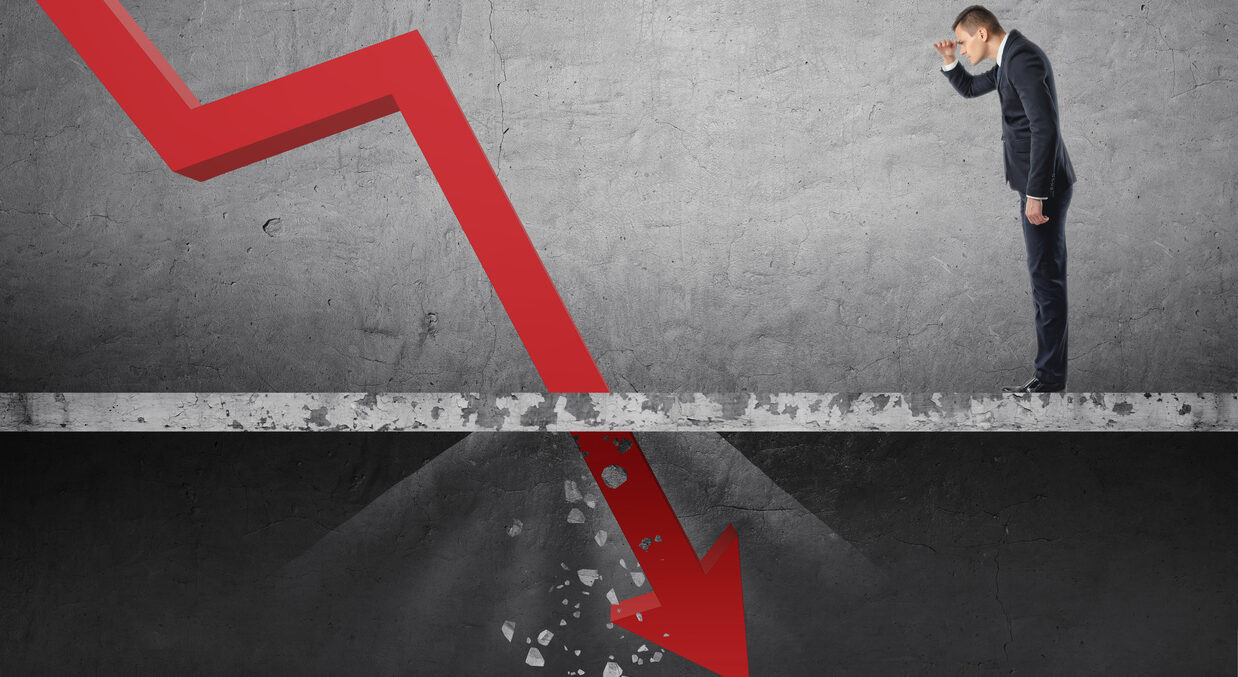
During the exceptional rise in stock-market valuations from March 2020 to January 2022, both equity investors and antitrust regulators have implicitly agreed that so-called “Big Tech” firms enjoyed unbeatable competitive advantages as gatekeepers with largely unmitigated power over the digital ecosystem.
Investors bid up the value of tech stocks to exceptional levels, anticipating no competitive threat to incumbent platforms. Antitrust enforcers and some legislators have exhibited belief in the same underlying assumption. In their case, it has spurred advocacy of dramatic remedies—including breaking up the Big Tech platforms—as necessary interventions to restore competition.
Other voices in the antitrust community have been more circumspect. A key reason is the theory of contestable markets, developed in the 1980s by the late William Baumol and other economists, which holds that even extremely large market shares are at best a potential indicator of market power. To illustrate, consider the extreme case of a market occupied by a single firm. Intuitively, the firm would appear to have unqualified pricing power. Not so fast, say contestable market theorists. Suppose entry costs into the market are low and consumers can easily move to other providers. This means that the apparent monopolist will act as if the market is populated by other competitors. The takeaway: market share alone cannot demonstrate market power without evidence of sufficiently strong barriers to market entry.
While regulators and some legislators have overlooked this inconvenient principle, it appears the market has not. To illustrate, look no further than the Feb. 3 $230 billion crash in the market value of Meta Platforms—parent company of Facebook, Instagram, and WhatsApp, among other services.
In its antitrust suit against Meta, the Federal Trade Commission (FTC) has argued that Meta’s Facebook service enjoys a social-networking monopoly, a contention that the judge in the case initially rejected in June 2021 as so lacking in factual support that the suit was provisionally dismissed. The judge’s ruling (which he withdrew last month, allowing the suit to go forward after the FTC submitted a revised complaint) has been portrayed as evidence for the view that existing antitrust law sets overly demanding evidentiary standards that unfairly shelter corporate defendants.
Yet, the record-setting single-day loss in Meta’s value suggests the evidentiary standard is set just about right and the judge’s skepticism was fully warranted. Consider one of the principal reasons behind Meta’s plunge in value: its service had suffered substantial losses of users to TikTok, a formidable rival in a social-networking market in which the FTC claims that Facebook faces no serious competition. The market begs to differ. In light of the obvious competitive threat posed by TikTok and other services, investors reassessed Facebook’s staying power, which was then reflected in its owner Meta’s downgraded stock price.
Just as the investment bubble that had supported the stock market’s case for Meta has popped, so too must the regulatory bubble that had supported the FTC’s antitrust case against it. Investors’ reevaluation rebuts the FTC’s strained market definition that had implausibly excluded TikTok as a competitor.
Even more fundamentally, the market’s assessment shows that Facebook’s users face nominal switching costs—in which case, its leadership position is contestable and the Facebook “monopoly” is not much of a monopoly. While this conclusion might seem surprising, Facebook’s vulnerability is hardly exceptional: Nokia, Blackberry, AOL, Yahoo, Netscape, and PalmPilot illustrate how often seemingly unbeatable tech leaders have been toppled with remarkable speed.
The unraveling of the FTC’s case against what would appear to be an obviously dominant platform should be a wake-up call for those policymakers who have embraced populist antitrust’s view that existing evidentiary requirements, which minimize the risk of “false positive” findings of anticompetitive conduct, should be set aside as an inconvenient obstacle to regulatory and judicial intervention.
None of this should be interpreted to deny that concentration levels in certain digital markets raise significant antitrust concerns that merit close scrutiny. In particular, regulators have overlooked how some leading platforms have devalued intellectual-property rights in a manner that distorts technology and content markets by advantaging firms that operate integrated product and service ecosystems while disadvantaging firms that specialize in supplying the technological and creative inputs on which those ecosystems rely.
The fundamental point is that potential risks to competition posed by any leading platform’s business practices can be assessed through rigorous fact-based application of the existing toolkit of antitrust analysis. This is critical to evaluate whether a given firm likely occupies a transitory, rather than durable, leadership position. The plunge in Meta’s stock in response to a revealed competitive threat illustrates the perils of discarding that surgical toolkit in favor of a blunt “big is bad” principle.
Contrary to what has become an increasingly common narrative in policy discussions and political commentary, the existing framework of antitrust analysis was not designed by scholars strategically acting to protect “big business.” Rather, this framework was designed and refined by scholars dedicated to rationalizing, through the rigorous application of economic principles, an incoherent body of case law that had often harmed consumers by shielding incumbents against threats posed by more efficient rivals. The legal shortcuts being pursued by antitrust populists to detour around appropriately demanding evidentiary requirements are writing a “back to the future” script that threatens to return antitrust law to that unfortunate predicament.




